Denial At Boeing Regarding Poor Performance On SLS

Boeing Defense And Space’s Leanne Caret: ‘We’re Owning Our Mistakes’, Aviation Week
“Boeing is a bit late on delivering the Space Launch System (SLS), and it was left out of NASA’s competition to build a lunar lander. What are you doing to turn those programs around? On Space Launch Systems, I am really proud of the team for the amazing capabilities they developed with the world’s largest rocket. She’s sitting on the stand at Stennis Space Center. After watching how this team has battled through the COVID crisis, I’m looking forward to having a hot-fire [test] later this year. Early on, we struggled on SLS from an execution phase. There were also different challenges from a funding perspective and other things. Over the course of the last 1.5-2 years, the team has been hitting its milestones and commitments.“
Exploration is a team sport, Kathy Lueders, NASA
“Orion is complete and SLS is on track for its last major test later this year before flight. These systems will be integrated early next year and launched together for the first time on an uncrewed flight test around the Moon in 2021 followed by a test flight with crew around the Moon in 2023.”
NASA Human Space Exploration – Delay Likely for First Exploration Mission, GAO April 2017
“With less than 2 years until the planned November 2018 launch date for its first exploration mission (EM-1), the National Aeronautics and Space Administration’s (NASA) three human exploration programs–Orion Multi-Purpose Crew Vehicle (Orion), Space Launch System (SLS), and Exploration Ground Systems (EGS)– are making progress on their respective systems, but the EM-1 launch date is likely unachievable as technical challenges continue to cause schedule delays.”
NASA’s Management of Space Launch System Program Costs and Contracts, 20 March 2020, NASA OIG
“Each of the major element contracts for building the SLS for Artemis I–Stages, ICPS, Boosters, and RS-25 Engines–have experienced technical challenges, performance issues, and requirement changes that collectively have resulted in $2 billion of cost overruns and increases and at least 2 years of schedule delays. We reported in October 2018 that Core Stage production is the primary factor contributing to overall SLS launch delays due to its position on the critical path and corresponding management, technical, and infrastructure issues driven mostly by Boeing’s poor performance. Boeing’s software development for the ICPS is also an ongoing concern as final modification of the software cannot be made until NASA finalizes the Artemis I mission requirements. …”
“… In our October 2018 audit, we reported that Boeing’s poor performance developing and building the first SLS Core Stage led to unsustainable cost increases and schedule delays for the SLS Program. We found Boeing officials in prior years had consistently underestimated the scope of work to be performed and the size and skills of the workforce required. In addition, Boeing did not fully understand the requirements necessary to complete development of the stage controller–that is, the command and control hardware and software needed to conduct an important test known as the Green Run–resulting in approximately an 18-month delay of the stage controller system. Further, and in parallel to the stage controller delays, contaminated rocket fuel tubing in the engine section, a misaligned welding machine, inadequate weld strengths, and a tornado at Michoud Assembly Facility (Michoud) resulted in significant delays to the delivery of the Core Stage flight hardware from Michoud to Stennis Space Center (Stennis). We found these and other issues would result in the first two Core Stages and an EUS costing at least $4 billion more than originally planned and falling behind schedule by 2.5 years.”
GAO Report: NASA: Assessments of Major Projects, GAO
“In addition, Boeing officials indicated the [SLS] core stage is the largest liquid hydrogen fueled rocket stage ever built and the green run test will be the first time the stage is filled with liquid hydrogen. Contractor officials indicated that one of the top remaining technical risks to the green run test is that the core stage may develop leaks when it is filled. … According to program officials, Boeing underestimated both the complexity of [SLS] core stage engine section assembly and the time and manpower that would be needed to complete the core stage effort. As a result, the estimated stages development cost has increased by about $1.4 billion and the stages contract effort now exceeds the contract’s negotiated cost ceiling.”
GAO: Human Space Exploration: Persistent Delays and Cost Growth Reinforce Concerns over Management of Programs, June 2019
“Any issues uncovered during planned integration and testing may push the launch date as late as June 2021.”
Hopeful for launch next year, NASA aims to resume SLS operations within weeks, SpaceflightNow, May 2020
“The last official schedule from NASA had the first SLS test launch in March 2021, but managers have said for months that schedule was no longer achievable. After a thorough review, NASA says the first SLS launch — named Artemis 1 — is now planned in November of next year [2021]“
 Keith’s note: This program had already gone off the rails before COVID-19 became a problem – certainly more than 1.5 to 2 years ago. As for “lack of funding” – oh please. Congress often gave SLS/Orion more money than it asked for and cut commercial crew/cargo – and yet commercial crew/cargo are now working – and SLS … not so much. Here are last week’s examples of Big Aerospace denial with regard to SLS/Orion. They are clearly worried that the program is in trouble.
Keith’s note: This program had already gone off the rails before COVID-19 became a problem – certainly more than 1.5 to 2 years ago. As for “lack of funding” – oh please. Congress often gave SLS/Orion more money than it asked for and cut commercial crew/cargo – and yet commercial crew/cargo are now working – and SLS … not so much. Here are last week’s examples of Big Aerospace denial with regard to SLS/Orion. They are clearly worried that the program is in trouble.
– You Can’t Exert National Prestige With A Rocket That Does Not Fly, earlier post
– Lockheed Martin’s Flawed Comparison Between Orion and Dragon, earlier post



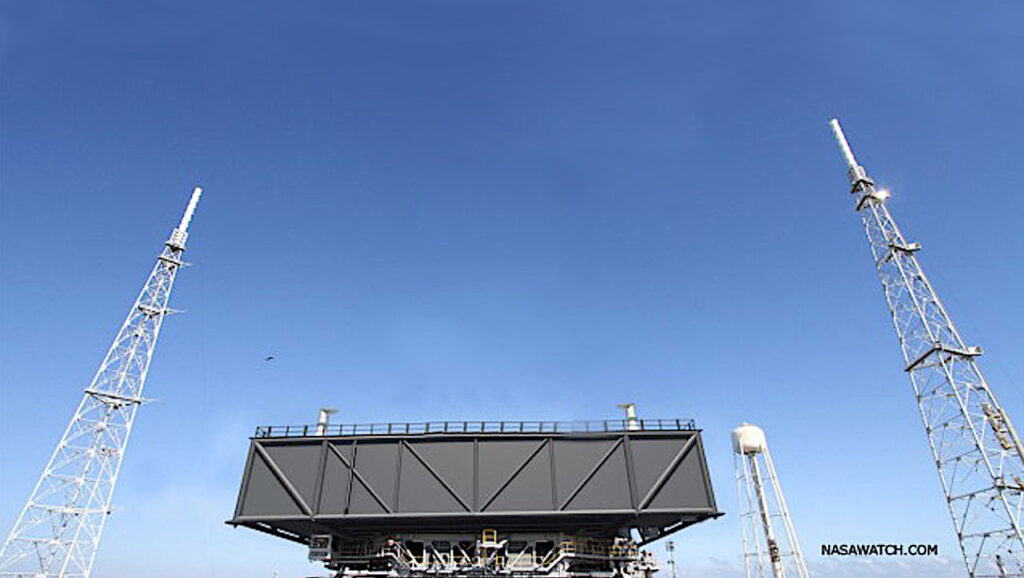
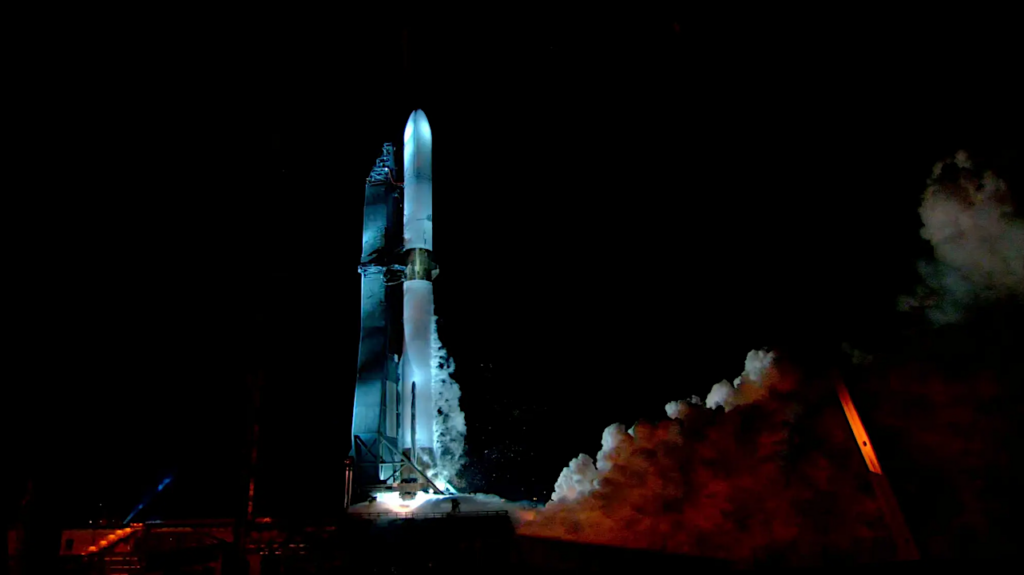
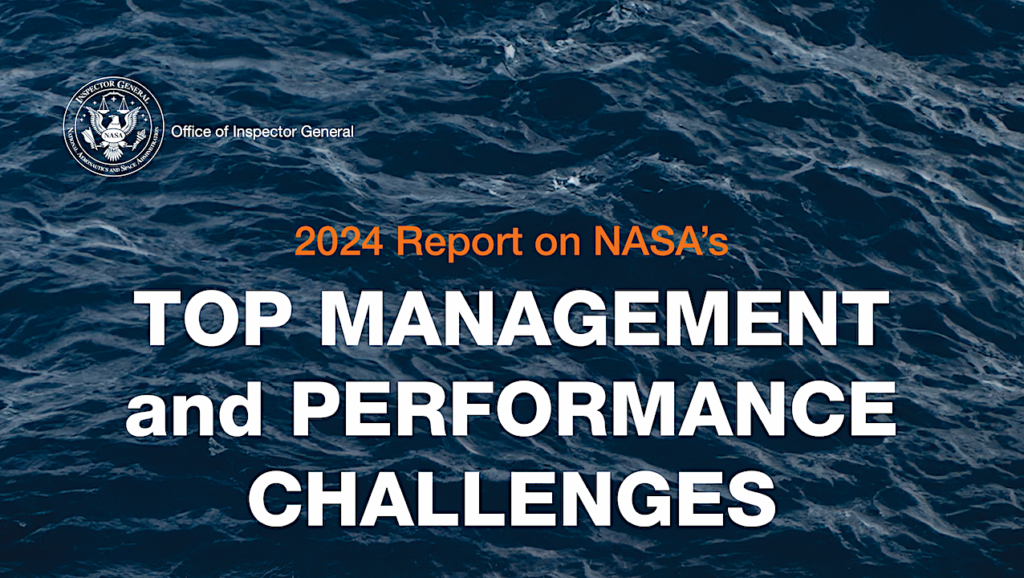
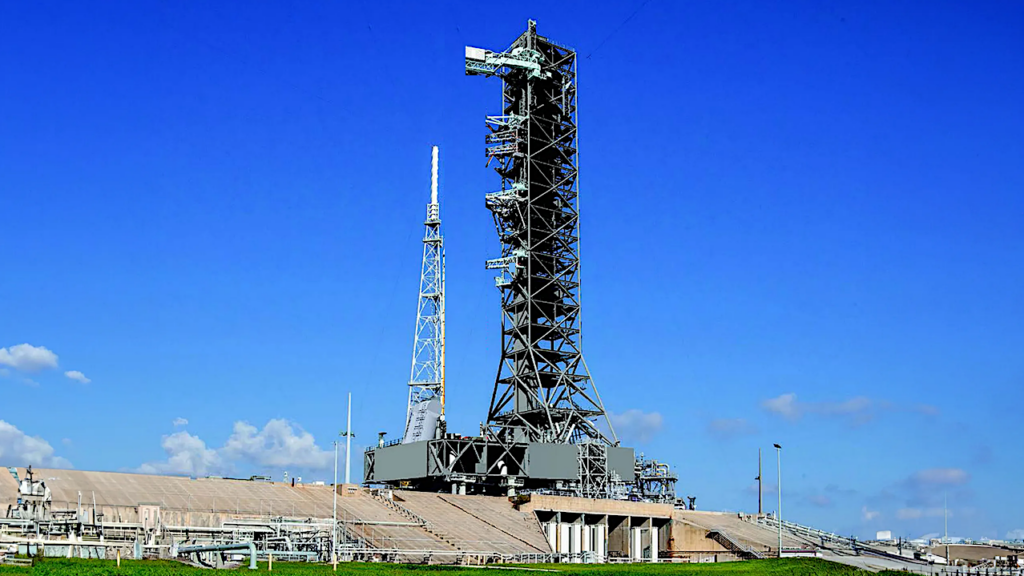
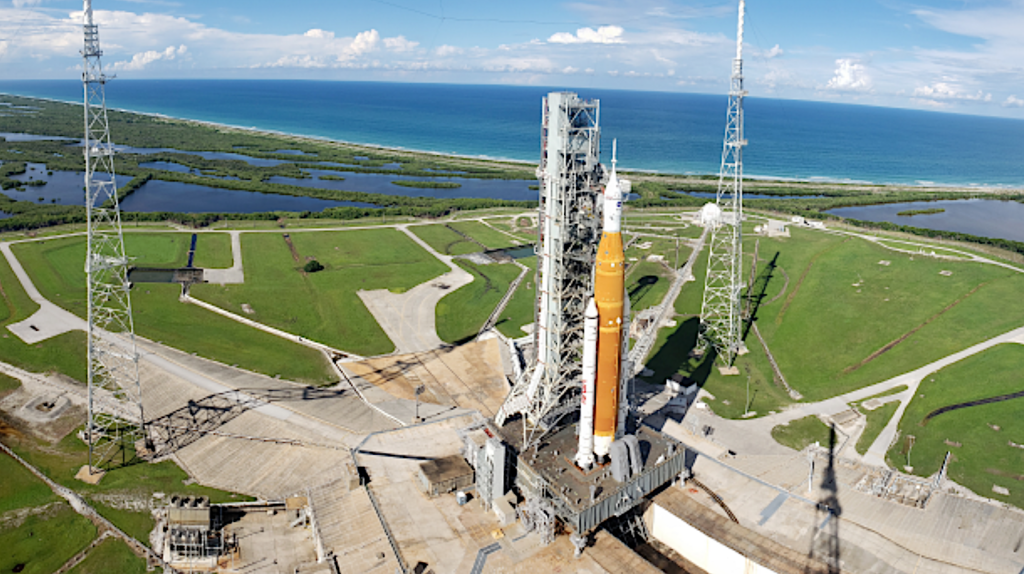

The only thing the SLS has done is prove super massive black holes exist by sucking up huge amounts of money.
I believe Space X’s Starship will reach orbital status before the next SLS practice flight. In fact, I believe Space X’s Starship will reach orbital status before Boeing performs a successful Demo 1 to the ISS. How many more years and billions of dollars will we waste trying in vain to recover the sunk costs of SLS?
Keith is right in saying, “This program had already gone off the rails before COVID-19 became a problem – certainly more than 1.5 to 2 years ago.”
Before the first Boeing demo? You are high.
Boeing failed badly on its first demo despite having a head start and being paid much more. Now it has to do it again. Boeing has already delayed again the second demo one attempt to the 4th quarter. Space X is gong full throttle for a Starship orbital flight this year and it seems fairly certain it will achieve it in early 2021. Boeing and SLS have been failing for years. Boeing can no longer rely on its formerly excellent reputation. An old valid expression is “I am from Missouri.”
I am no fan of Boeing or SLS right now; BUT: isn’t a Starship orbital flight missing a critical part: the Falcon Super Heavy first stage? How do they meet an orbital flight within a year without a first stage to launch it with?
You are certainly right that this will not be a walk in the park. Space X has a big crane for building the hi-bay which will stack the Super Heavy and is working on the launching pad as well as hi-bay. Elon has said building the thrust puck which will withstand the pressure of its 31 engines is the most challenging part of Super Heavy. They have a ways to go under an almost impossibly optimistic schedule, but they are working 24 hours a day at Boca Chica. They make mistakes, learn, and go on.
The Starship is being designed for SSTO capability with zero payload and no reentry capability. The current plan, as I understand it, is to launch an empty Starship shell into orbit this year.
Where was this information published? I’m honestly curious because I thought one of the consequences of the rocket equation was that SSTO was nearly impossible with chemical-fueled rockets. (May have a learning opportunity here!)
The are now building the high bay and should be testing by first Super Heavy booster shortly after it’s finished.
They are building the high bay now in Boca Chica for building the Super Heavy booster. Work on testing them should go faster as they the experience gained with the tanks on the Starship will transfer over They have also done numerous iterations of testing on the Raptors and increased their thrust by over 30%. So they are working their way up the S-Curve while the SLS is just plodding forward.
Not only has the program “…gone off the rails before COVID-19 became a problem…”, it has burst into flames. Same old cheap talk and no action.
I wouldn’t be too hard on Boeing. Denial is a natural response to change, the death of what was assumed before. If we are going to move forward, all of us on this planet, we’ll need everybody, and Boeing has many great people. And many nations to come together. After denial will come change, adaptation, growth, wisdom. We may one day be the exception to the great silence. Boeing stands a good chance of being a company that comes around again, number 2 after a SpaceX or maybe number 5 after some Chinese company. (Now back to the Cognac.)
Boeing has gone off the rails. The SLS, the 737 MAX, and their failed test capsule flight.
and the tanker fiasco.
This is exactly why we should be “too hard on Boeing”. They’ve repeatedly and publicly gone poo-poo in the bed, and their leader is still spewing this happy horsepucky.
Nope. The beatings will continue until morale improves. Along with performance. And if it doesn’t, let those “many great people” go interview with the companies that haven’t screwed the pooch.
Boeing was destroyed by financialization. The same characters who facilitated that are still in control.
Keith, has the Starliner software debacle fallout that’s going to land on SLS already landed? Or should we expect a last-minute, “Oops, we need an extra four months to complete an SLS software audit,” to appear?
Recall that Keith have several previous NASAwatch articles about the woes of the SLS flight software.
Sadly the SLS hardware will be ready way before the flight software. IMO.
My guess is that the Artemis-1 flight will be going right to 2022 at the earliest.
I’m more interested in this specific woe, though. I suspect that there are still multiple shoes to drop from the Starliner audit.
This is somewhat of a standard rant for me, but I don’t think that the incumbent aerospace industry quite understands how bad a hole they’re in with waterfall software development. There are two things that are gonna kill them here:
1) The new companies are using some variant of Agile, or at least an iterative methodology, and they can develop rings around the old companies, which is going to throw the incumbents’ comparative contract performance into the toilet.
2) I think we’ve reached the degree of complexity that can no longer be handled by waterfall. I suspect 737 MAX, Starliner, and likely SLS will all be the canaries in the coal mine that it’s time to reform or die. But reform is going to be really, really, really hard. Waterfall pervades every aspect of the incumbents’ operations, as well as NASA’s and the DoD’s purchasing system. COTS and CCP are more than just a “let’s get the private guys to put some skin in the game” strategy. They’re also a “let’s figure out how to administer the contracts with the private guys as they use modern methodologies” strategy.
Waterfall works. Agile has issues and it all depends on how its implemented. On different programs I’ve seen Agile go from no systems engineering guidance, pushing everything to the the next iteration to people calming you don’t need requirements. If you have a good relationship with your customer you just do it.
Embrace change is the Agile mantra. Changes cost money, Agile never takes that into account.
Process can’t make up for bad engineering. That’s just as true for iterative methodologies as it is for waterfall ones. But process can make good engineering better, and implementation faster.
Waterfall assumes that all requirements are known in advance, and that the best architecture for satisfying those requirements can be built at design time. Sometimes that’s true. But it’s less and less true as system complexity rises.
It’s never true in systems where human factors are important. Since virtually all aerospace systems have control teams, either on the ground, in the vehicle, or both, at least some of the work has to be done iteratively.
Whoever in GAO that makes these schedule predictions seems to be spot on with his conclusions.
There is so much stupid decision making in this program. They had to make the fuel tanks reusable even though these tanks will fall into the ocean because Gerst insisted upon the first core be used for the first demo flight. So the first tank has to go through the Green Run test and actual flight.
Didn’t the choice of friction stir welding set the program back years and added to the cost?
Perhaps you understand the politics of Orion and SLS? The goal was to assure the flow of dollars, not necessarily the flow of hardware into space.
True, but when a program becomes an obvious “bridge to nowhere” or a “launch vehicle to nowhere”, it’s time to cancel it. Right now, Boeing is hyping SLS precisely because they know how precarious its current position is.
Don’t understand the power and skill of their lobbyists…
Did you mean “Don’t underestimate the power and skill of their lobbyists”? If so, I agree with this completely. I keep hoping SLS/Orion will be canceled, but the reality is that it won’t. It will, unfortunately, keep holding NASA back for many years to come, making a return to the moon nearly impossible by sucking up all of the funding which ought to be going to new suits, landers, rovers, surface HABs, and etc.
Ending SLS requires the ability for Boeing, NASA (esp. MSFC) and congress to save face. They can’t walk away, too much money and creditability invested. However no one has the integrity to make the hard decision.
I believe Boeing and MSFC never had the intent to make SLS work. The existing decisions show it. Minimum investment in hardware and maximum human capital cost. If NASA asked SpaceX to put Orion around the moon by 2024, bet they could do it. Even better, a commercial alternative to Orion.
That would be a good program pacer, offer SpaceX a contract to replicate Apollo 8 by 2024 and give SLS/NASA MSFC/Boeing compotation. If we can’t land on the moon by 2024 we sure can orbit it.
Would Orion fit inside a Starship cargo variant? I’m not if it does fit then weight would be the next concern.
Regardless I don’t want SpaceX wasting time to prove stuff we already know. Namely that SLS was nothing more than a jobs program for a couple welfare states in the South, and that Boeing is woefully incompetent.
You could put 2 or 3 in the Starship cargo version. The Orion weights around 26 tons and has a diameter of 5 meters. The Starship cargo area is 9 meters wide, about 18 meters long and it is capable of putting 100 tons on the surface of the Moon with orbital refueling. It could easily deliver a pair of Orion capsules to the Lunar surface and return them to Earth, probably for less than the cost of a Falcon 9 launch.